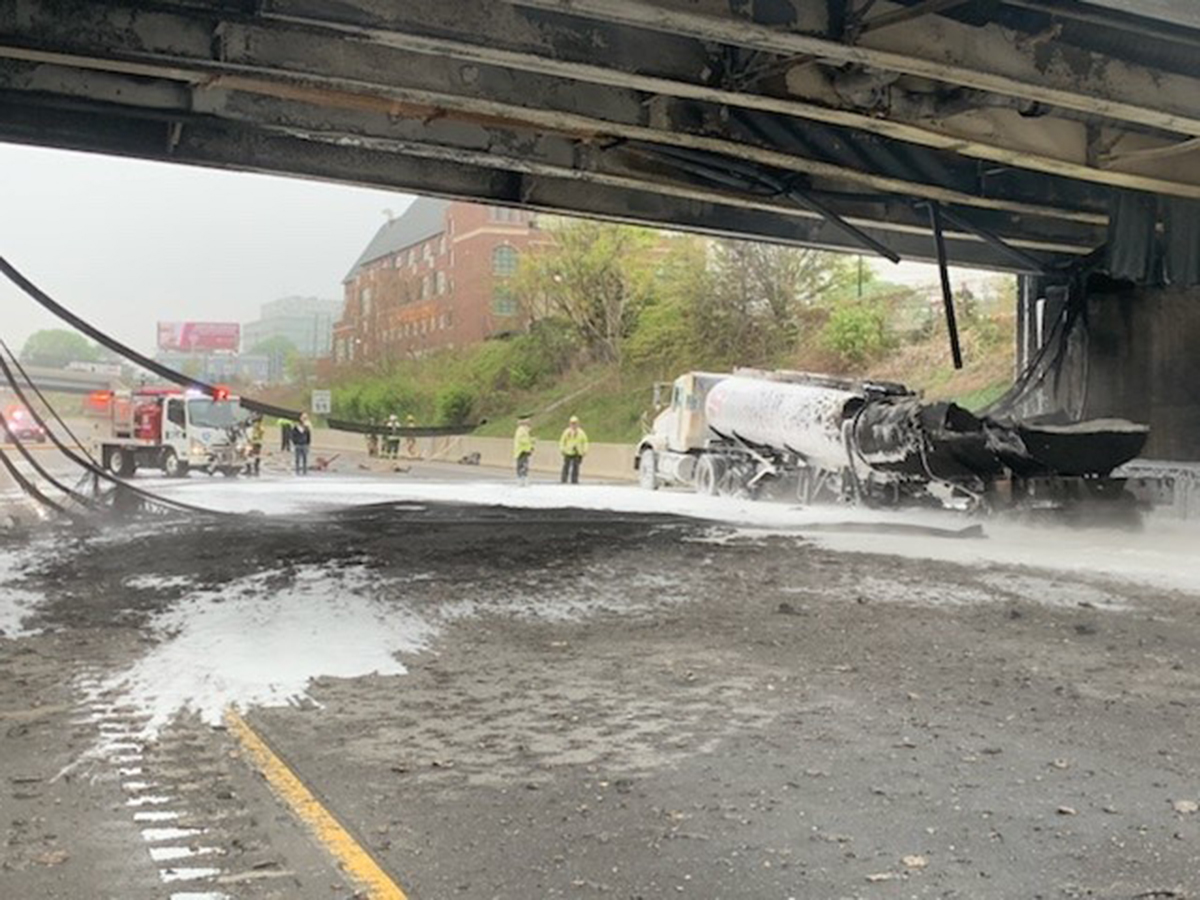As Connecticut gets a $236,000 renewed federal grant to test water quality, the Department of Energy and Environmental Protection is one agency that will use some of that funding to continue monitoring bacteria levels at state beaches and parks.
DEEP seasonal employees take water samples from areas like Gay City State Park in Hebron, where a crew was out Tuesday. They are testing for bacteria to ensure beachgoers stay safe during the three remaining weeks of the summer swim season.
Gearing up and heading to the deep end: it’s all part of day’s work for the DEEP crews gathering the samples each week from state swimming areas along the shore and at lakes and ponds.
“We're going to be testing for E. coli,” Kent Hurtado, DEEP seasonal resource assistant, said at Gay City State Park, before wading into the swimming area. “What we aim getting when we do our samples is 100 milliliters of water with the least amount of sediment as possible.”
Get Connecticut local news, weather forecasts and entertainment stories to your inbox. Sign up for NBC Connecticut newsletters.
Monitoring bacteria levels at the beaches could mean a trip off the beaten path, when crews also test tributaries to see if they could contaminate a swimming area.
“We want to know if it's something that's directly in the swimming area, or if it's coming from an outside source, and this is a potential outside source,” Gabrielle Anderson, DEEP seasonal resource assistant, said.
Once the samples are gathered, the resource assistants take them to the Department of Public Health Laboratory.
Local
“They're processed and analyzed,” Hurtado said.
The freshwater results come back in 18 hours, and saltwater samples are back within 24 hours. When DEEP gets those bacteria level results, they determine whether a swimming area is safe.
“Certainly it gets hot, and people like to swim. So we just want to make sure people are being as safe as possible, and we're kind of mitigating that risk as much as we can,” State Beach Bacteria Monitoring Program Environmental Analyst Ansel Aarrestad said.
Aarrestad said testing is done during the official swimming season between Memorial Day and Labor Day.
This season, there have been 37 different closures across 17 of Connecticut’s 21 state parks, according to DEEP data. A closure is considered the entire period of time that the beach remains closed, which can range from one day to multiple days. DEEP reports that beaches have been shut down for a total of 60 days so far this summer.
Aarrestad said that is an increase from previous years, and one driving factor is the rainy summer.
“When we have to close our state swimming areas, a lot of times it's caused due to heavy rainfall, washing contaminants off the land in the water. Sometimes that can be feces. You know, most of the time, it’s waterfowl, geese,” Aarrestad said. “It’s washing it somewhere and ultimately it's going into a water line, whether it's a stream, that's a pond, it's the shoreline coastal waters. But it could be into one of those swimming areas.”
Aarrestad said people can do their part to keep the water clean by picking up trash and cleaning up dog waste.
However, testing remains a crucial tool for protecting public health. Especially after three people in Connecticut were infected with the bacteria vibrio vulnificus this summer, resulting in one hospitalization and two deaths. Two of those victims were infected after being exposed to water in the Long Island Sound, and one after eating out-of-state shellfish.
“We want to promote public health, the public to be safe while they're out recreating,” Aarrestad said. “We want people to enjoy their summer season. People look forward to it every year. It's a great opportunity to explore parks and get swimming, and we just want to make sure that we're doing it safely.”
You can always check state beach closures on the DEEP website. For instance, on Tuesday, DEEP reported just one closure at Wharton Brook State Park.



